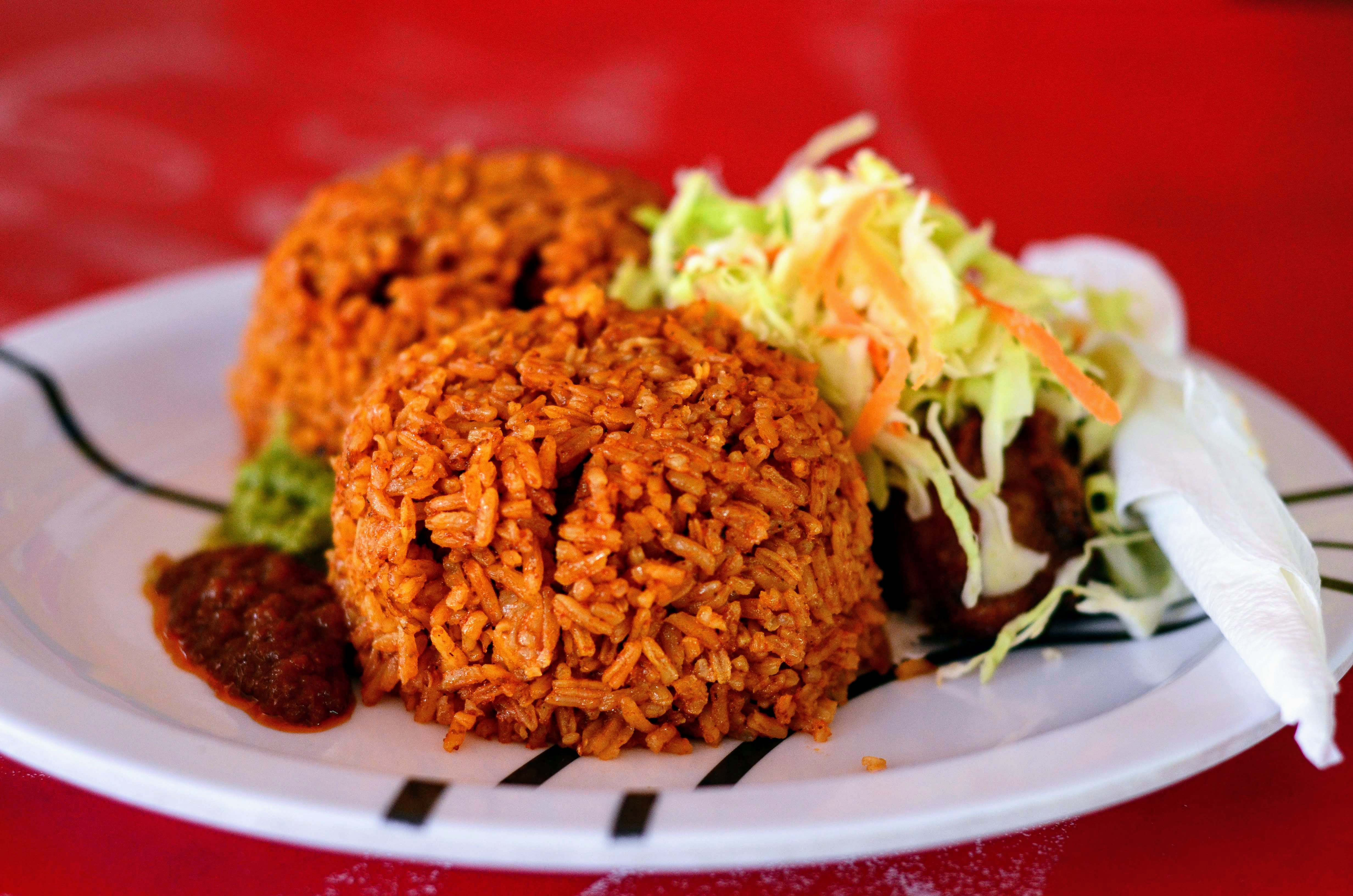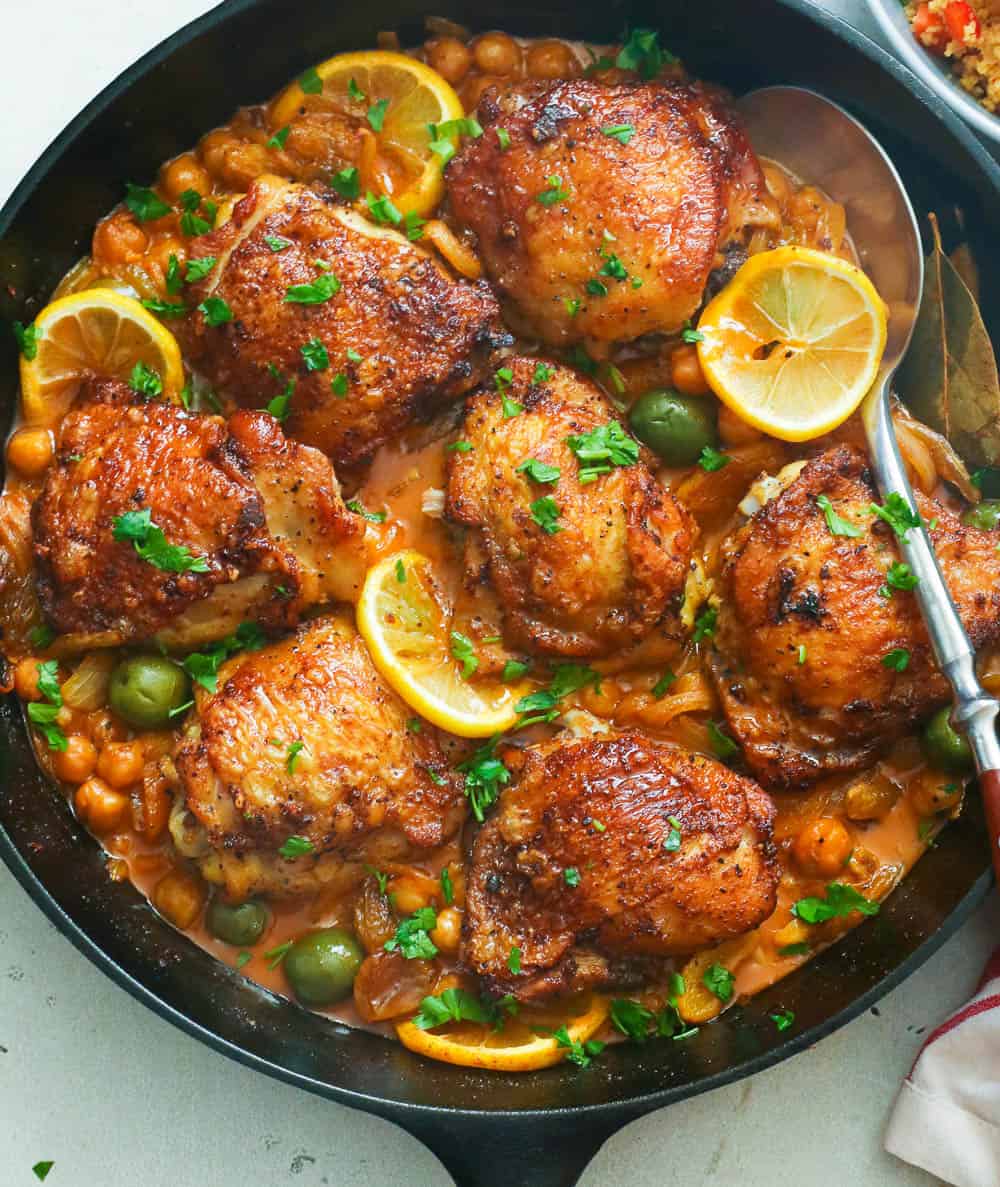African Dishes You Really Need To Try
Africa is a continent rich in culture, history, and flavors. Its diverse regions boast culinary traditions that reflect centuries of trade, migration, and local ingredients. From savory stews to flavorful street foods, African dishes offer a culinary adventure unlike any other. If you’re ready to tantalize your taste buds, exploring African cuisine is a journey worth embarking on.
Here’s a guide to some of the most mouthwatering African dishes you absolutely need to try.
The Richness of African Cuisine
African cuisine is not just food it’s storytelling, heritage, and identity served on a plate. Each bite holds a piece of the land’s history, influenced by indigenous traditions, colonial encounters, and globalization. From North Africa’s aromatic spices to West Africa’s hearty soups and Southern Africa’s grilled meats, the flavors are as diverse as the continent itself.
Let’s dive into some of the must-try dishes from various regions across Africa.
Jollof Rice – West Africa’s Pride
 Jollof rice is more than just food in West Africa it’s a symbol of pride and identity. This vibrant dish, cooked with rice, tomatoes, onions, and a blend of spices, is celebrated across Nigeria, Ghana, Senegal, and beyond. Each country claims to have the best version, sparking friendly rivalries at parties and family gatherings.
Jollof rice is more than just food in West Africa it’s a symbol of pride and identity. This vibrant dish, cooked with rice, tomatoes, onions, and a blend of spices, is celebrated across Nigeria, Ghana, Senegal, and beyond. Each country claims to have the best version, sparking friendly rivalries at parties and family gatherings.
Ingredients and Flavor:
Jollof’s base consists of long-grain parboiled rice, cooked in a rich tomato sauce seasoned with garlic, ginger, and peppers. Additional ingredients like vegetables, meat, or seafood often elevate the dish.
Why It’s Special:
The smoky flavor that comes from cooking over an open flame or with burnt-bottom rice adds depth to the dish. This flavor, known as "party rice," is highly sought after.
Where to Try It:
Jollof is a staple at African festivals, weddings, and celebrations. If you’re visiting West Africa, don’t leave without trying it from a street vendor or local eatery.
Tagine – The Taste of North Africa
Tagine is a traditional North African dish named after the earthenware pot in which it is cooked. This slow-cooked stew combines meat (often lamb or chicken), vegetables, and dried fruits, resulting in a harmonious blend of sweet and savory.
Signature Ingredients:
Key spices like saffron, ginger, cinnamon, and turmeric define the dish, while prunes, apricots, and almonds add subtle sweetness. The result is a tender, fragrant meal that embodies Moroccan, Tunisian, and Algerian culinary heritage.
Why It Stands Out:
The unique cooking method ensures that flavors are deeply infused, creating tender, fall-off-the-bone meat. The combination of meat and fruit reflects the balance between sweet and savory typical of North African cuisine.
Best Way to Experience It:
In Morocco, tagine is often enjoyed with couscous or fresh bread. It’s a centerpiece at family gatherings and religious celebrations.
Bunny Chow – South Africa’s Iconic Street Food
Bunny chow is a South African street food sensation that originated in Durban’s Indian community. This dish consists of a hollowed-out loaf of bread filled with spicy curry, typically made with chicken, lamb, or beans.
Origins and Influence:
Bunny chow was created by Indian immigrants who needed a portable meal during their lunch breaks. Today, it is a symbol of multiculturalism in South Africa, blending Indian spices with local ingredients.
Unique Features:
The combination of soft bread and rich curry offers an explosion of flavors and textures. It's messy, satisfying, and best enjoyed with your hands.
Where to Try Bunny Chow:
Durban is the best place to experience authentic bunny chow. Local eateries and street vendors serve it with varying spice levels to cater to different palates.
Fufu and Egusi Soup – A West African Staple
Fufu, a dough-like food made from boiled and pounded starchy vegetables (like yam or cassava), is a staple across West Africa. It’s typically paired with egusi soup—a rich, thick soup made from melon seeds, spinach, and meat or fish.
Flavor and Texture:
Fufu has a neutral flavor, allowing it to absorb the robust flavors of the soup. Egusi soup is creamy, nutty, and savory, creating a satisfying contrast with the smooth texture of fufu.
Cultural Significance:
Fufu is traditionally eaten by hand, rolled into small balls, and dipped into the soup. This communal dining experience emphasizes connection and togetherness.
Best Places to Enjoy It:
Nigeria and Ghana are renowned for their egusi and fufu dishes, often served in local markets or family-run restaurants.
Why African Cuisine Deserves Global Recognition
African cuisine has long been underrepresented on the global culinary stage. However, its influence is undeniable. Dishes like Jollof rice and tagine are making their way into international restaurants, showcasing the richness of African flavors to the world.
Health Benefits:
African dishes often incorporate whole grains, lean proteins, and a variety of vegetables, offering balanced nutrition.
Sustainability:
Many African recipes emphasize using local, seasonal ingredients, promoting sustainable farming and cooking practices.
Culinary Innovation:
The fusion of traditional African flavors with modern techniques has led to innovative dishes that appeal to global audiences.
Conclusion
African cuisine is a vibrant celebration of culture, history, and community. From the smoky, flavorful Jollof rice to the aromatic tagine and spicy bunny chow, each dish tells a unique story. Exploring African food is not just about tasting—it’s about experiencing a rich, diverse culinary heritage. Whether you’re visiting Africa or seeking out African restaurants near you, these dishes promise to leave a lasting impression.
References


















